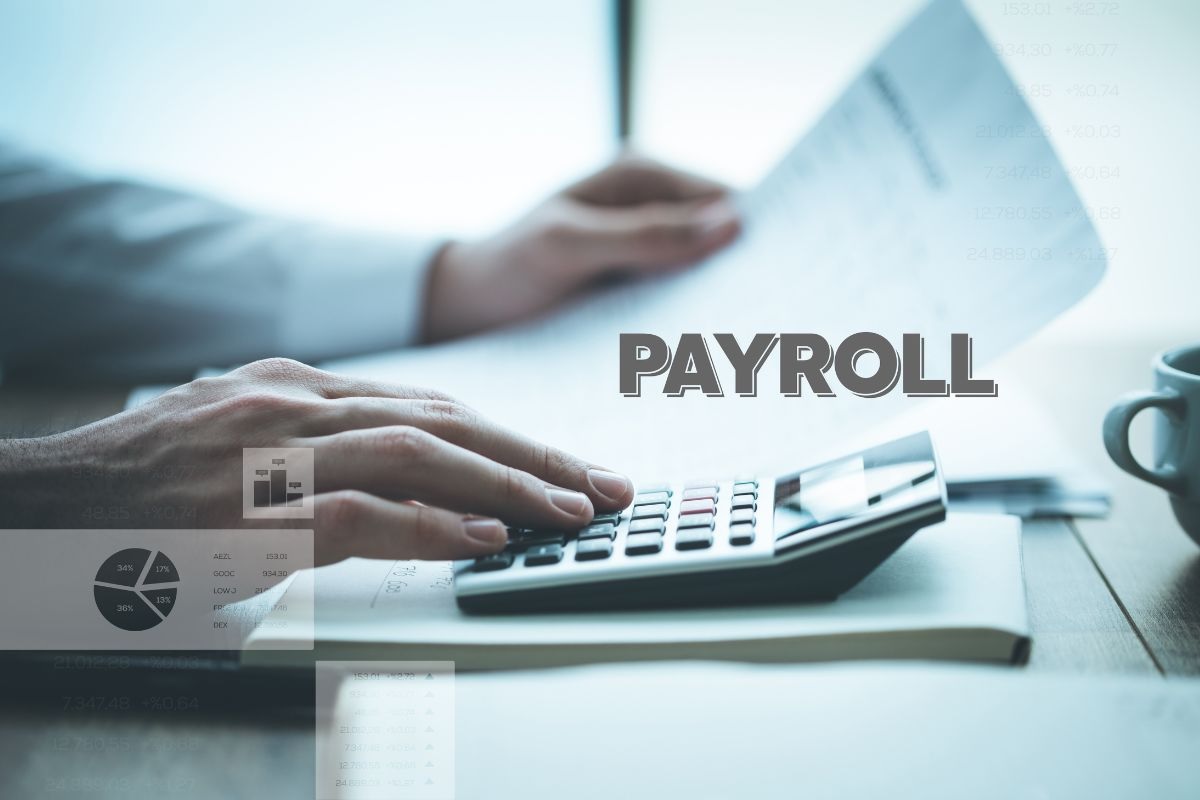
Many people are drawn to trading because it provides the potential to gain wealth, improve financial health, and can also be a versatile and satisfying way to make a career. But many trading resources, on the other hand, present an unduly optimistic standpoint of the trader’s aspiring performance, discounting the certainty of losses.
As a trader, you must learn how to cope with losses because they are an inevitable part of the business. Even with meticulous and rational planning, traders’ forecasts or investment news are not always true owing to chance occurrences or the volatile nature of the stock market. But understanding and learning from the losses is the goal here.
When traders understand how to deal with trading losses, they may create an improved strategy for formulating and executing trading plans. Trading errors are common for beginners and seasoned traders, but failing to use those losses to learn and reestablish yourself is a wasted opportunity.
Let’s look at how you can utilize your losses for profitable trading.
- Handling your emotions.
Trading losses are not just about the ability to learn from mistakes but also the ability to handle them emotionally. It could be difficult since it demands you to be self-conscious and mindful of your responses. If you require quick closure following a loss, you must examine financial news of during the time you made the deal and learn from your loss as fast as you can. And if you are easily disappointed by failure, it is better to step back from trading for a short while so you get the time to absorb the loss and not allow it to ruin your future decisions.
- Take responsibility.
Avoid running away from the losses or blaming others or the market for the situation you placed yourself in. Only you have the power to manage your trade, accept responsibility, and adapt your risk-management tactics, trading methods, long-term objectives, and stay updated with share market news to do better next time.
- Use a trade log.
Most traders keep a trading log to document all their deals and trades. Your trading logbook might include entries and exits, their level, the transaction’s win or loss, and some notes regarding stock news and your attitude and feelings during and after the deal, despite it being a winning or losing trade. You can also note down what went wrong during a loss or what worked in your favor when your profit.
- Stop-loss level.
A solid stop-loss level works miraculously for many traders. You can use a monetary amount or a percentage value to establish a stop-loss limit for each transaction. The point at which you will exit a losing transaction, utilizing a stop-loss limit, might assist you in avoiding being emotionally tied to a deal. Most trading applications or systems allow you to enter a transaction using a stop-loss setting.
Conclusion:
Whatever the nature of the loss, it is critical to learn from the mistakes and deal with them efficiently. The key is to evaluate your trading approach and find flaws or places for development if you want to become a better trader. Keeping day-to-day updates on the latest stock market news also reduces the chances of losses, but don’t completely depend on them. In any scenario, identifying the source of the loss and taking action to solve it will help you transform losses into great learning opportunities, resulting in future trading success.
Comments are closed.
Latest Posts
Recent Posts
- Tips for Using Loans to Start a Nonprofit Organization
- Is Life Insurance Safer Than a Bank? (Understanding Stability of Financial Institutions)
- The Hidden Costs of In-House Payroll Processing for Insurance Companies
- 7 Reasons to Consider a Business Loan
- The Role of a Tax Agent: Expertise and Peace of Mind








